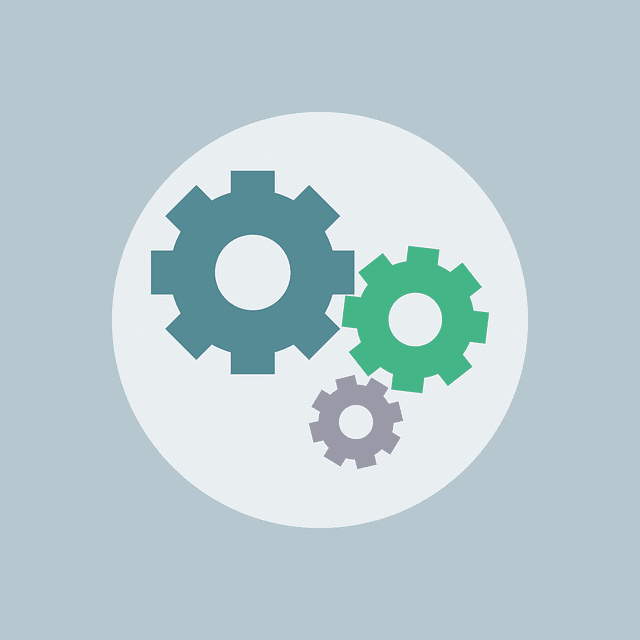IT systems and technologies are being integrated into almost every business sector. It is impossible to escape the integration of IT systems and grow your business at the same time. Many companies have realised the benefits offered by the integration of IT systems in their methodologies and now are reaping the benefits. The first of many benefits are increased productivity, fewer errors, and enhanced data integrity. The productivity is increased as data is entered only once. This eliminates the need to enter data again and again. Instead of manually entering the data and keying into separate systems, you can use automated systems that will enter the data as per the records and then replicate the same in different machines. Also, as systems will enter data rather than human trials, the chances of error are lessened to an extent. The data entered is redundancy free, and thus data integrity is increased. Lastly, the integrated IT systems in a business provide the benefit of better management. With the integration of IT systems transparency levels are increased in business. This transparency enables the manufacturing plants to make better management decisions and run the plant smoothly.
Even with such amazing benefits, most types of calibration software do not get approval from the top tier management. The reason for most of the rejections is they are considered to be extremely risky and too costly. Let us look at why calibration software is perceived as such. More often than not there is someone who has heard that these systems were the reason for a business?s downfall and thus they are afraid to apply calibration software to their business. Well, all these are stories. If you use calibration software with careful planning no such thing would ever happen to your business. Also, many people complain that in most cases calibration software tends to go overbudget and the implementation of these software packages makes staying under the planned timetable next to impossible. This issue arises due to frequent changes in user specifications and the scope of work. This creates a totally customized solution which in the later stages of production becomes difficult to maintain and the usage of such a solution is quite expensive. We will see how to avoid such situations and enjoy the benefits of calibration software. The following are the benefits of calibration software:
Planning and decision making is improved
With the calibration software integrated into your plant and inventories, the planning of the next refill for your plant operations becomes easy. You no longer would guesstimate the supplies based on their usage. The calibration software will give you accurate figures for the supplies used in your plant. The jobs can be scheduled, procedures can be planned and the calibration software can manage calibration strategies. Databases are maintained by the calibration software which is then used to maintain the position and calibration of different types of devices. This also improves the organization. The instructions used in the calibration process are created by using software that guides the engineers in the process. The instructions are available for also downloading when an engineer is in the field. Any handheld calibrator can be used to download the instruction text.
Documentation is improved
When you use a software based calibration management system with a documenting calibrator the results can be stored in the primary memory of the calibrator. This means that the calibration management can be recorded and stored for other uses. The instructions can also be uploaded back to the calibrator. The instructions don?t need to be re-keyed in an excel sheet or a database. This means less human intervention and eventually, fewer errors in the instructions. The recorded instructions can also be used for strategic analysis. The analysis is done by the engineers using the history trending functionality.
The calibration software used in plants also produces reports after analysing the calibration data stored in a database. The software uses a database that is placed in a single system rather than using diverse systems. The documents that can be obtained by using calibration software are calibration certificates, reports, and labels.
Audit and presentation
Calibration software can also be used to audit a plant. Locating records and using the records to audit the plant is effortless by using the calibration software when compared to the traditional method of auditing the plant using the records. The calibration software can also identify the machines that work. Also, the calibration data must be regularized as per the instructions from ISO and FDA. calibration software can help you to manage these compliances.
To thrive in your business, IT integration is crucial. The calibration software is the next step in manufacturing processes. If you are interested in calibration software click here to know more.

As the editor of the blog, She curate insightful content that sparks curiosity and fosters learning. With a passion for storytelling and a keen eye for detail, she strive to bring diverse perspectives and engaging narratives to readers, ensuring every piece informs, inspires, and enriches.










